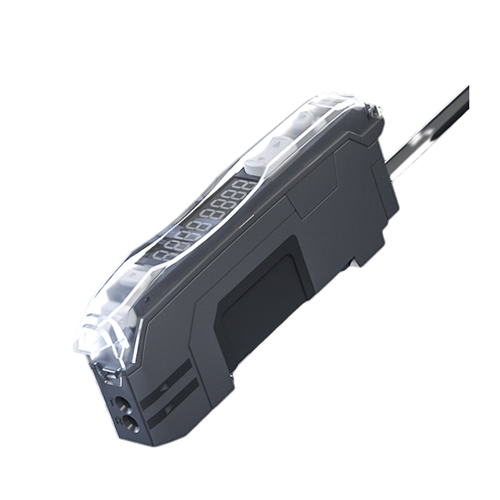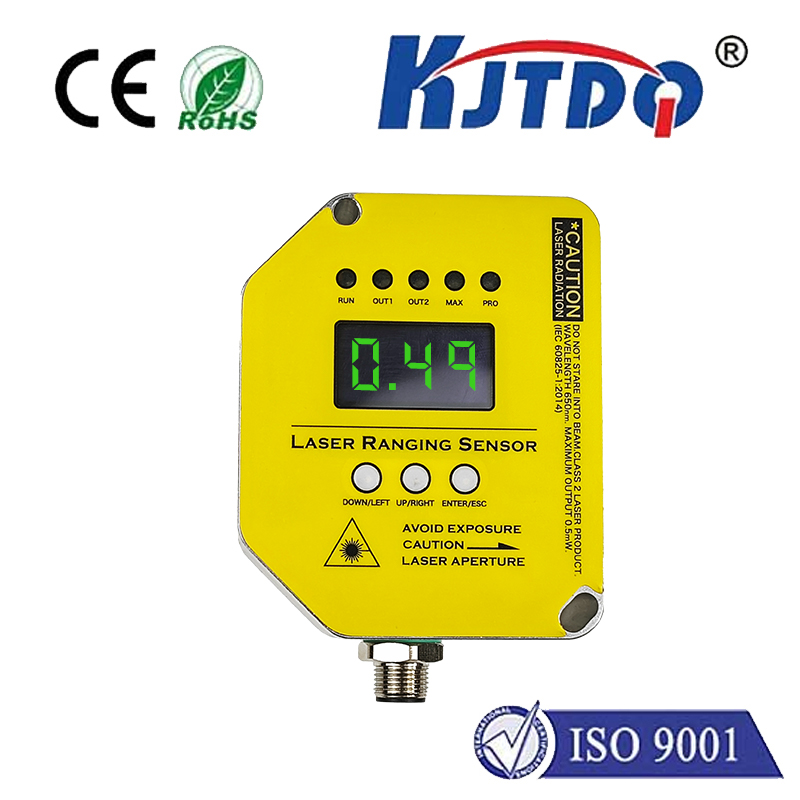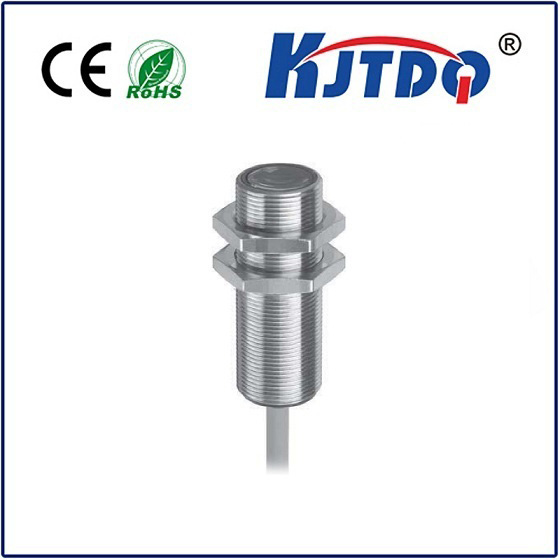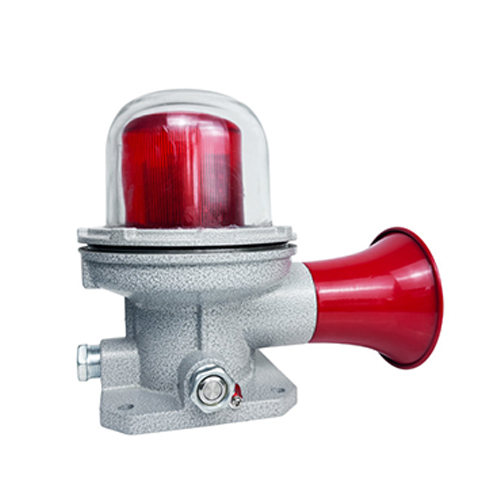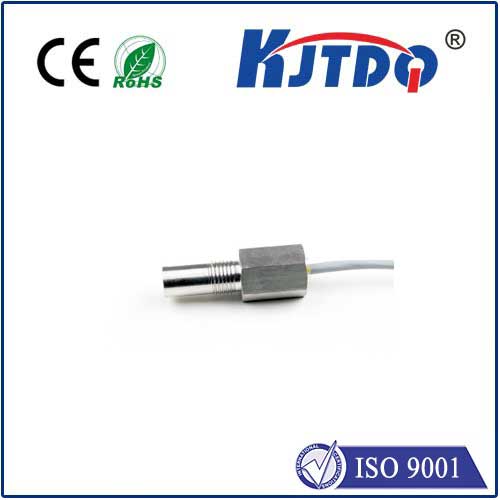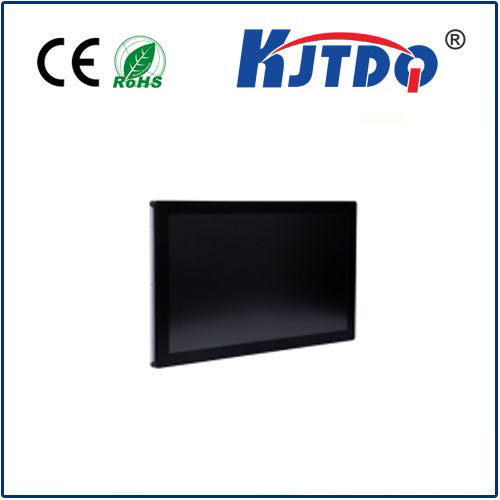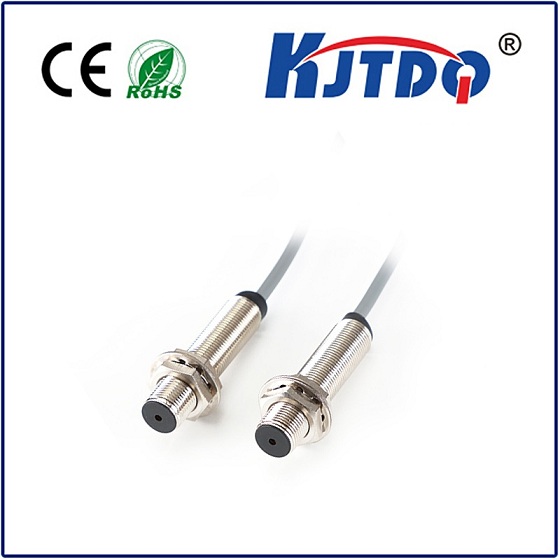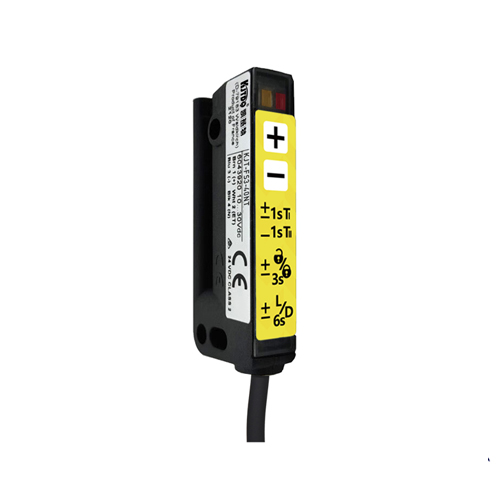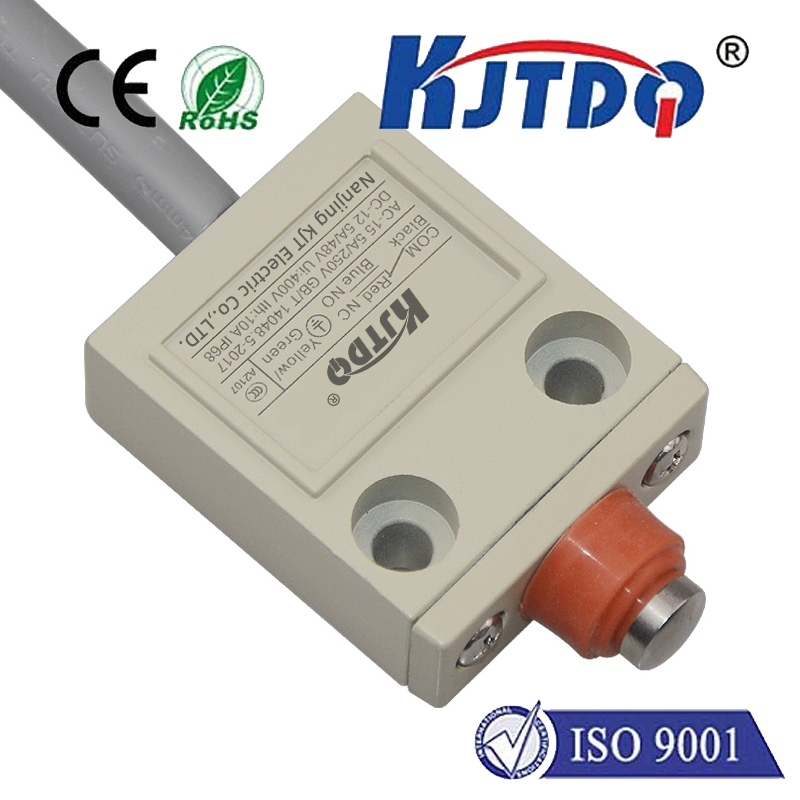ide Beam Laser Sensor: Revolutionizing Precision Measurement and Detection In the world of advanced sensing technology, the Широколучевой лазерный датчик stands out as a game-changer. Imagine a tool that can scan large areas with unmatched precision, detect objects from a distance, and deliver real-time data with exceptional accuracy. This is precisely what wide beam laser sensors offer, making them indispensable in industries ranging from manufacturing to robotics and beyond.
А.Широколучевой лазерный датчик is a cutting-edge device that emits a broad laser beam to detect, measure, or map objects within its range. Unlike traditional laser sensors that use a narrow, focused beam, this technology leverages a wider beam to cover more area in a single scan. This makes it ideal for applications where speed, efficiency, and large-scale coverage are critical. The sensor works by emitting a laser beam that reflects off surfaces and returns to the device. By analyzing the time it takes for the beam to return, the sensor calculates distances and detects objects with remarkable precision. The wide beam ensures that even irregular or uneven surfaces are accurately captured, reducing the need for multiple scans.
Enhanced Coverage: The wide beam allows the sensor to scan larger areas in a single pass, significantly improving efficiency. This is particularly useful in applications like industrial automation, where rapid scanning of conveyor belts or production lines is essential.
High Accuracy: Despite the broader beam, these sensors maintain exceptional accuracy. Advanced algorithms and signal processing technologies ensure that even minute details are captured.
Многогранный.: Wide beam laser sensors are adaptable to various environments and materials. Whether it’s detecting transparent objects, measuring distances in challenging conditions, or mapping complex surfaces, these sensors deliver consistent performance.

Данные в реальном времени: The ability to provide instant feedback is a major advantage. This is crucial in applications like autonomous vehicles and robotics, where real-time data is necessary for decision-making.
The versatility of wide beam laser sensors has led to their adoption in numerous industries. Here are some of the most prominent applications:
Промышленная автоматизация: In manufacturing, these sensors are used for object detection, level measurement, and quality control. Their ability to scan large areas quickly ensures smooth and efficient production processes.
Робототехника: Autonomous robots rely on wide beam laser sensors for navigation and obstacle detection. The wide coverage area allows robots to map their surroundings accurately and avoid collisions.
Autonomous Vehicles: Self-driving cars use these sensors to detect obstacles, pedestrians, and other vehicles. The wide beam ensures comprehensive coverage, enhancing safety and reliability.
Сельское хозяйство: In precision farming, wide beam laser sensors are used for crop monitoring and terrain mapping. They help farmers optimize resource usage and improve yields.
Security and Surveillance: These sensors are employed in intrusion detection systems to monitor large areas and detect unauthorized access.
While wide beam laser sensors offer numerous benefits, they are not without challenges. One of the primary issues is interference from external light sources, which can affect accuracy. However, advancements in filtering technologies are mitigating this problem. Another challenge is cost. High-quality wide beam laser sensors can be expensive, limiting their accessibility for smaller businesses. As demand grows and production scales up, prices are expected to become more competitive. Looking ahead, the future of wide beam laser sensors is promising. Researchers are exploring ways to enhance their resolution, reduce power consumption, and integrate them with AI and IoT systems. These developments will further expand their applications and make them even more efficient.
For businesses and industries seeking precision, efficiency, and versatility, wide beam laser sensors are an excellent investment. Their ability to cover large areas while maintaining accuracy makes them a superior choice compared to traditional sensors. Moreover, as technology continues to evolve, these sensors are becoming more affordable and accessible. Whether you’re in manufacturing, robotics, or any other industry that requires advanced sensing solutions, wide beam laser sensors can provide the performance and reliability you need. In conclusion, the Широколучевой лазерный датчик is more than just a technological innovation—it’s a transformative tool that is reshaping how we measure, detect, and interact with the world around us. As industries continue to embrace automation and smart technologies, the importance of these sensors will only grow.
